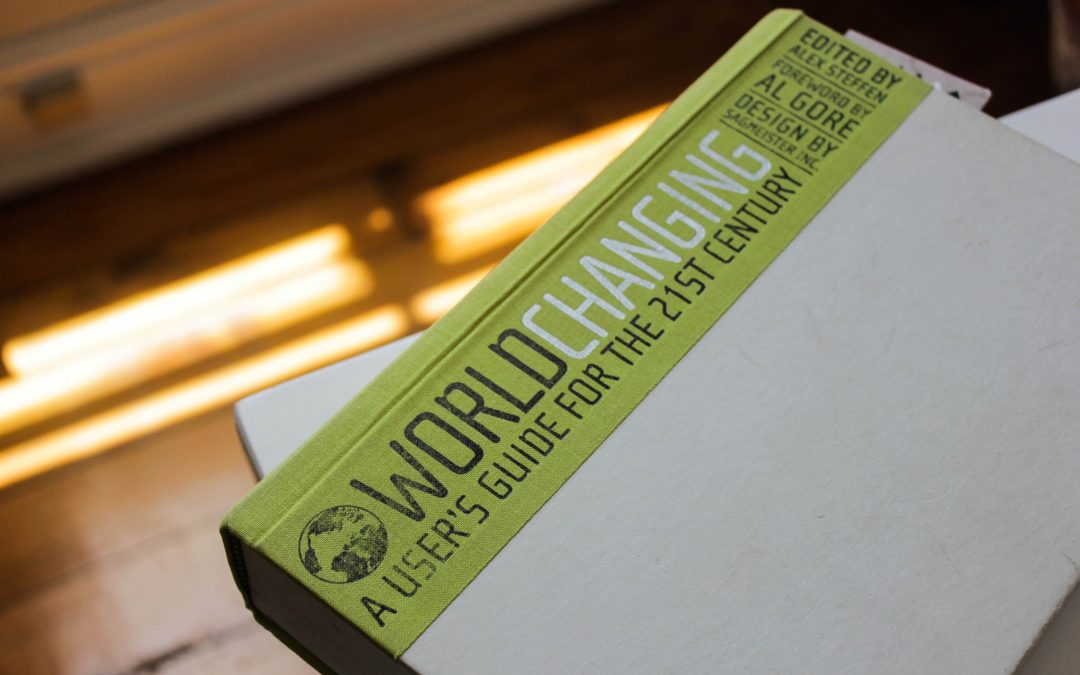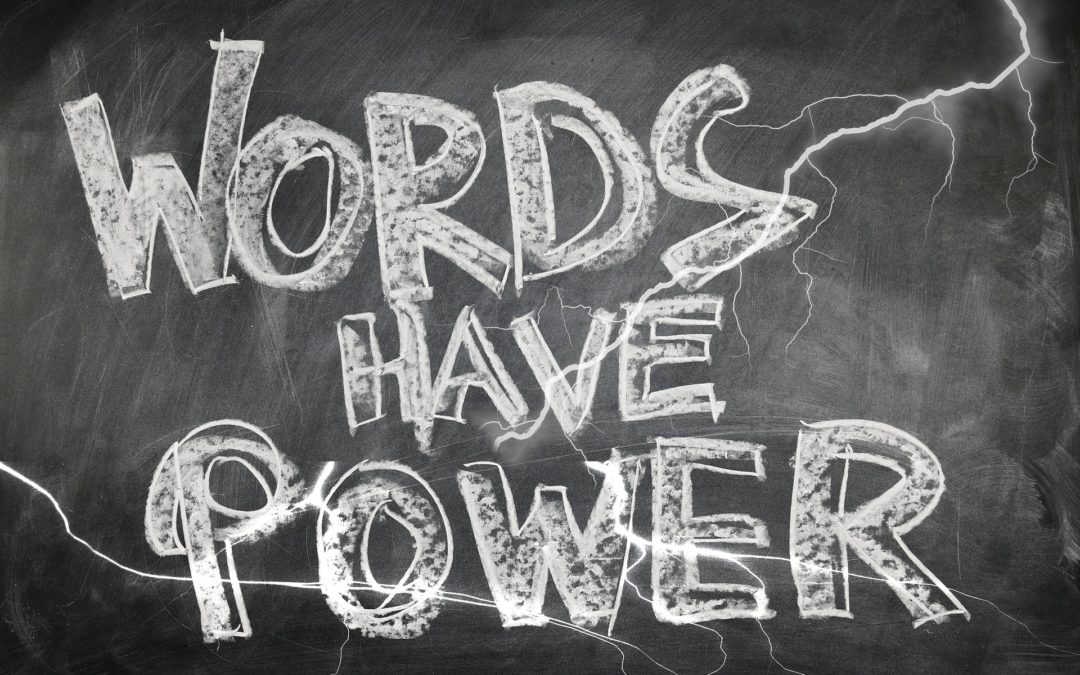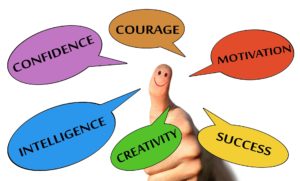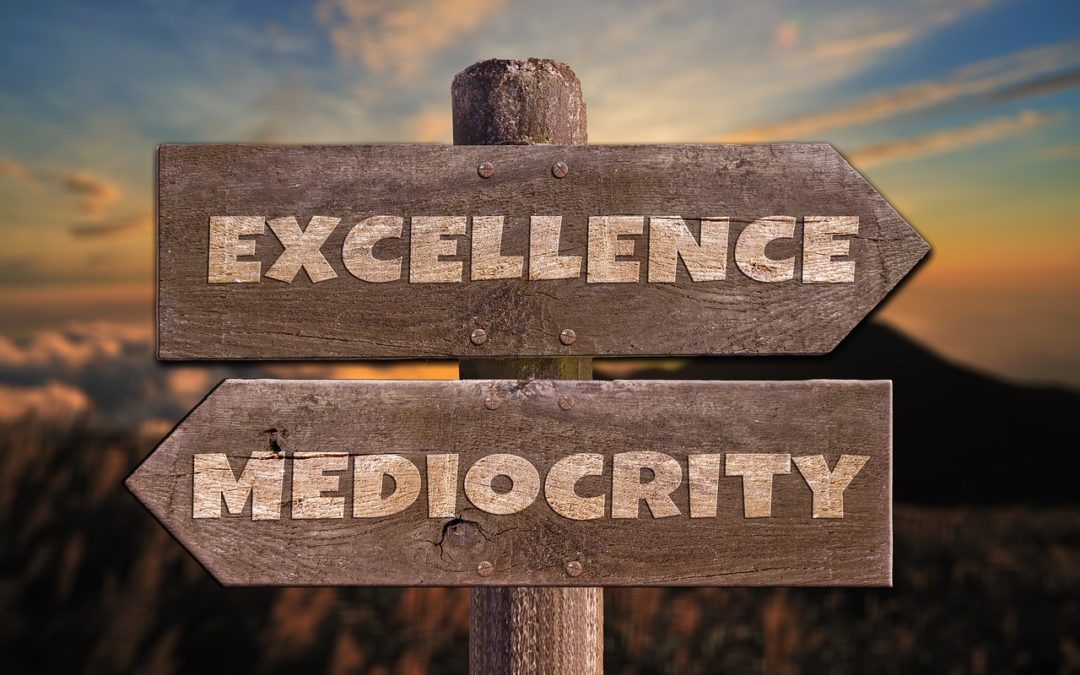
by Marcia Davis-Dawkins | Nov 20, 2017 | Education, Parents
Learning Designed For Every Student
By Marcia Davis-Dawkins
The 21st Century has witnessed several approaches to enhance and facilitate students’ learning. One of the new paradigm shift is Universal Design for Learning (UDL), which is a teaching strategy designed to meet the needs of every learner. It is ideal for all students, especially those who have learning and attention concerns. Educators are always looking for innovative ways to impart knowledge since no two students learn the same way.
Here are a few tips about UDL: 
- UDL is the umbrella for differentiating instruction and helping students learn 21st Century skills.
- There is no one kind of learning: –
– learning differs across tasks
– learning differs across development
– learning differs across individuals
- Provide students with multiple means of: –
Representation – (the “what” of learning) accessing information, the visual presentations, audio text support, multimedia presentations
Expression – (the “how” of learning) of knowledge based on students’ unique viewpoint, options for expressive skills and fluency
Engagement – (the “why” of learning) engagement with the curriculum; option to reduce threats and distractions
teachers are accountable for the learning of diverse students:-
-Learning disabilities
-Sensory and physical disabilities
-English language barriers
-Background and cultural diversities
-Emotional or behavioral problems
-Lack of interest or motivation
Overall, people/students do not receive, process or remember information in the same way.
- Curriculum needs to incorporate flexible materials
- Teachers need to be proactive rather than reactive after students falter
- General educators and special educators must collaborate
- Embedded UDL concepts to release the learning potential of ALL learners.
Speaking as an immigrant, I intially doubted myself and enterprises usually seemed bigger and more difficult than they were. The tasks at first seemed overwhelming when I looked at the big picture, but I decided that I didn’t want to be left behind, but to keep up the pace. I have tackled a few missions myself, one of which is the SMART board, and each day I get more excited about using this technology. I look forward to the wonderful opportunities for learning and growing that the pathway of UDL will pave.
As educators we must keep up with the pace – Make learning both enjoyable and relevant to “natives” – Shift your thinking!
Below is a link for of an article highlighting a school in Jamaica that is using technology in education.
http://www.jamaicaobserver.com/news/use-technology-for-teaching-and-learning-educators-urge_114810?profile=1373&template=MobileArticle

by Marcia Davis-Dawkins | Nov 14, 2017 | Education, Kids, Parents
The Power of Words
By Dr. Marcia Davis-Dawkins
Growing up, I was often compared to many, including and especially to, one of my siblings. What is interesting about this situation is that I am the first of six. This meant that the comparison stung more than others because I should have been the one who served as the role model for my siblings.
Self-Confidence 
My self-confidence has been on a roller coaster ride to the extent that in my youth, many adult mentors chose to underscore my faults rather than encourage my proficiencies and potential. In other words, my accomplishments during those years were not expressed as ‘achievements,’ but rather any minute negative was highlighted, emphasized and broadcast to the world.
There is a very well- known verse in the bible that highlights the fact that there is life and death in the power of the tongue (Prov. 18:21 NIV). By extension, Deuteronomy 30:19 encourages the former, saying that we should choose life. Accordingly, when we speak to others, our words should speak life, not death. This way of life also has great rewards.
Another encouragement passed down through generations is “If you don’t have anything good to say, don’t say it!” Speak life to yourself and your students.
Rise above the negative utterances people have to say, and ensure that they do not bear fruit or are repeated. Only repeat words that are true and positive.
My heritage molded who I was destined to be, but I had to change my mindset from the consistently negative words inadvertently hurled at me so I could become prosperous and productive.
Like many things, change is difficult. I realize however, that there is the opportunity to be a beacon of hope for others to whom I am exposed. Self-motivation contributed significantly to my ability to spread the good news to my students. Justice Clarence Thomas once said, “The old man Can’t is dead, I helped to bury him.” In fact, I have those words hung in my room so that my students can share the experience. I have even had some of my students perform the burial of Mr. Can’t! I have literally seen the difference. I want them to treasure education just like a hungry man treasures food. I want my students to see learning/education as a way to grow – the same way food helps them grow. They can develop through education that will take them places. I find that often, the students give up too easily, and if I can encourage them positively through my words and my actions, then they will start to believe in themselves.
HOME

by Marcia Davis-Dawkins | Nov 7, 2017 | Education, Kids, Parents
 “A friend in need is a friend indeed!” I have been both privileged and blessed to have the same set of friends for over forty years! To me, that is an amazing accomplishment. I know that if I were to look up the definition of friendship, I would find words such as trust, loyalty, and support. According to Maslow’s Hierarchy of Needs, we all need to belong. We all need someone with whom to identify. We all long to be a part of something more considerable than ourselves, whether it be a family, a clique of friends, a religion, a group of co-workers, a choir, or unfortunately, even a gang. The idea is that we want to be an important part of something greater. Sometimes we yearn to belong to a group so we can cover our emotional pains. We hunger to know that people care about us, because in many ways, love heals. Friends protect us from being lonely, and comfort us when we are down and discouraged. Friends are also supportive and encourage fulfilling and rewarding conversations.
“A friend in need is a friend indeed!” I have been both privileged and blessed to have the same set of friends for over forty years! To me, that is an amazing accomplishment. I know that if I were to look up the definition of friendship, I would find words such as trust, loyalty, and support. According to Maslow’s Hierarchy of Needs, we all need to belong. We all need someone with whom to identify. We all long to be a part of something more considerable than ourselves, whether it be a family, a clique of friends, a religion, a group of co-workers, a choir, or unfortunately, even a gang. The idea is that we want to be an important part of something greater. Sometimes we yearn to belong to a group so we can cover our emotional pains. We hunger to know that people care about us, because in many ways, love heals. Friends protect us from being lonely, and comfort us when we are down and discouraged. Friends are also supportive and encourage fulfilling and rewarding conversations.
As an educator, it is my duty to teach my students how to care, one of the most important functions of being a good friend. I can do this through several areas, one of which is simply to know my students’ names. Some teachers find this task daunting, especially when assigned a roster of nearly one hundred students. But just as the time cultivating friendships in our personal lives reaps rewards, so will learning the children’s names. This sends the message to them that they are important, that we recognize them as individuals, and that they matter. It also builds a sense of community within the classroom. Not to do so makes we educators appear disinterested and unapproachable. Accordingly, why should the class be interested in us and more so, what we teach, when they don’t feel valued and recognized?
A caveat should be offered here, however. Students need teachers who inspire them to grow and be more than they are today, not an imitation of their current selves. Some teachers, in a misguided effort to be “friends” with their students, dress and act like their students. A true teacher/friend remains clearly adult, promoting learning and offering insight.
Another way of showing that we care is to demonstrate compassion. Some people believe that a compassionate classroom lacks academic rigor, but it is just the opposite. When students feel that they belong and are genuinely cared about, they are more likely to take on challenges. They know that even if they fail, they will be buoyed by support and encouragement. Methods such as short conversations and kneeling down next to a student for discussion while making eye contact garner far better results than yelling and looming menacingly overhead. By showing compassion, the student will eventually reciprocate that same behavior, to fellow classmates and friends alike. Just as we don’t write off our friends after a small disagreement, we should also have a forgiving heart with our students. Each day starts with a clean slate, and we never know how that simple act of thoughtfulness can impact a student’s life.
HOME
Determination and Perseverance

by Marcia Davis-Dawkins | Oct 30, 2017 | Education
 By Dr. Marcia Davis-Dawkins
By Dr. Marcia Davis-Dawkins
Henry Wadsworth Longfellow once said, “The heights of great men reached and kept were not attained by sudden flight, but they, while their companions slept, were toiling upward through the night.” When I was learning to write cursive, this was one of the quotations that I had to write over and over again, and to this day, it is ingrained in my brain. As I got older I realized how deep and meaningful these words were and I use the quotation as often as I see necessary to encourage and uplift others and myself who may read whatever I write. It encourages me to set goals, strive for the best, persevere and set standards, and finish whatever I have started, and most of all NEVER give up!!
Throughout my life I have had failures – failed exams, failed relationships, failed interviews, failed lesson plans or lessons taught, failed friendships, heartaches, heartbreaks, among others. What have I learned from these disappointments? I have learned things about me that I didn’t know before and I have learned to set the bars higher at times and reach again for my goals. Another lesson learned from my failures is how to be confident. Failure shows me that I need to fight even when the road seems rocky. My shortcomings are temporary setbacks, but I can move forward. I can use my failures to reach out to others and encourage them and say, “I was there and this is what I did, and look where it got me!” I got over the hurdles and I’m going to the finish line.
From the ‘failure” experiences, I have learned that, like the Greek philosopher Plutarch said, “What I achieve inwardly will change outer reality. “ I can give of my time to students, co-workers, and others I come in contact with when needed. Even when I experienced nausea and gut wrenching pain, I am still willing to help and show acts of kindness.
I have realized that I am a survivor and each time I have to dig deeper to float above water. As a non-swimmer who loves water, I know I can sit, relax, meditate and listen to the sound of the water, but not submerge. I know my limits! I know how to persevere and I can help those who need help to persevere! I have been acquainted with failure and I know it is not fun, but I channeled my energy to achieving! I realize that attitude is more important than aptitude and I AM disciplined!

by Marcia Davis-Dawkins | Oct 30, 2017 | Education

By Dr. Marcia Davis-Dawkins
When I was growing up, one of my primary school’s motto, was “Only the best is good enough.” As I grew up I often thought of the meaning of this motto and why it was used. Webster’s dictionary defines” best” as “of the most excellent, effective, or desirable type or quality.” A person is asked to give his or her best at all times because that is the only thing that is accepted and nothing less. What was the reason for this motto for a school or for anyone to use? How does a teacher know when a student is giving his or her best? As a professional teacher who has worked with several students over the years, I can say that I get to know the students and their capabilities. I can figure out that there is more in this student and the student is giving the highest level that he/she can achieve. I truly believe that we were made for more – “I can do ALL things” is a quote from the Bible (Philippians 4:13) and it empowers us to give of our best – strive for excellence. Ralph Marston once said, “Excellence is not a skill. It is an attitude.” So then we can say that our best is not necessarily a skill, but it’s our attitude. It begs the questions, what is my attitude as a person? What is my attitude as teacher? What is my attitude as a professional? Is my attitude my best? I believe that if I give the best of myself, then it will transcend to those I come in contact with, especially those I teach. Everyone will eventually expect the best from me and aspire to do his/her best for me. This will no doubt follow the person I have inspired to do his/her best always. With positive reinforcement and support, students, as well as those who are entrusted in my care, can learn and adapt to quality work.







 “A friend in need is a friend indeed!” I have been both privileged and blessed to have the same set of friends for over forty years! To me, that is an amazing accomplishment. I know that if I were to look up the definition of friendship, I would find words such as trust, loyalty, and support. According to Maslow’s Hierarchy of Needs, we all need to belong. We all need someone with whom to identify. We all long to be a part of something more considerable than ourselves, whether it be a family, a clique of friends, a religion, a group of co-workers, a choir, or unfortunately, even a gang. The idea is that we want to be an important part of something greater. Sometimes we yearn to belong to a group so we can cover our emotional pains. We hunger to know that people care about us, because in many ways, love heals. Friends protect us from being lonely, and comfort us when we are down and discouraged. Friends are also supportive and encourage fulfilling and rewarding conversations.
“A friend in need is a friend indeed!” I have been both privileged and blessed to have the same set of friends for over forty years! To me, that is an amazing accomplishment. I know that if I were to look up the definition of friendship, I would find words such as trust, loyalty, and support. According to Maslow’s Hierarchy of Needs, we all need to belong. We all need someone with whom to identify. We all long to be a part of something more considerable than ourselves, whether it be a family, a clique of friends, a religion, a group of co-workers, a choir, or unfortunately, even a gang. The idea is that we want to be an important part of something greater. Sometimes we yearn to belong to a group so we can cover our emotional pains. We hunger to know that people care about us, because in many ways, love heals. Friends protect us from being lonely, and comfort us when we are down and discouraged. Friends are also supportive and encourage fulfilling and rewarding conversations.


